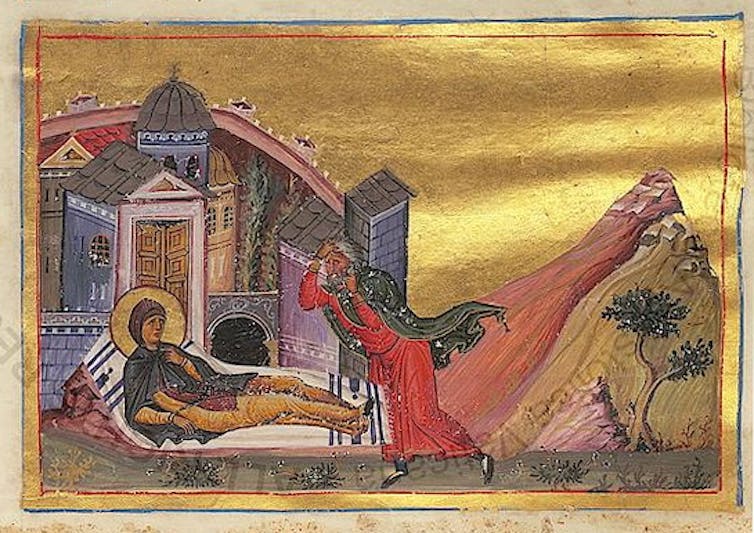Red in Tooth and Claw, by Lish McBridge (Putnam)
Red in Tooth and Claw opens in an alt-Wild West setting that's close enough to historical to make the reader feel comfortable with conventions and expectations, yet just "off" enough to be creepy. Sensory descriptions and a truly marvelous POV character voice create a sympathetic protagonist (orphan Faolan, a girl masquerading as a boy whose grandfather guardian has just died) in a vivid, three-dimensional world. In a scheme to gain control of the grandfather's farm, the mayor concocts a scheme to ship Faolan off to "the Settlement" for their own good. Since Faolan is still a minor, she hasn't much choice. She stuffs the deed to the farm into her grandfather's watch, tucks the watch into the toe of an oversized boot, and pretends to be meekly obedient. I'm with her every step of the way at this point.
The Settlement is run by an eerily familiar-sounding cult that worships "the Shining God" and is run by the oily (as in snake-oil salesman) "HisBen" ("His Benevolence"). Despite their isolation, the Settlement is inordinately rich--behind its stockade, there's ample food, for example. Faolan is not the only kid who's been sent there to get them out of the way, and she soon makes friends and allies as well as enemies. She makes plans to escape, encounters a band of Rovers, falls in love, and gets catapulted into a horror mystery when people disappear and bodies appear. Something's out there, thirsting for blood.
For me, this is where the book loses the skillful evocation of the first part. The world is just enough askew from our own to make Faolan's predicament believable. When Faolan, who's finally gotten a decent meal when she arrives at the Settlement, thinks this place might not be so bad, I'm screaming, "Danger! Danger!" It's delicious, shivery stuff.
Then come the Rovers, who could have provided a counterpoint to the secretive Settlement leaders, with their bond with their horses and the natural world. But, and it's a huge but, the Rover culture is a slap-dash amalgam of generalized Native people cultures, Hollywood-style Roma, and Western Europeans. Many elements of their culture are poorly thought-out, often incongruous with each other. The Rovers, and especially Faolan's love interest, Tallis, lack the thoughtfulness and depth of the earlier settings.
By the time the monster makes an appearance through a trans-dimensional portal opened by HisBen's rituals, I was so disappointed, I no longer cared what happened. I knew that Faolan would get her very own sweetly tame monster, defeat HisBen, and live happily ever after with Tallis. (I was right.) What began as one type of story devolved into something quite inferior. I really, really wish the author had applied the same solid world-building and dramatic tension as in the opening to the rest of the book and not tried to switch genres.



